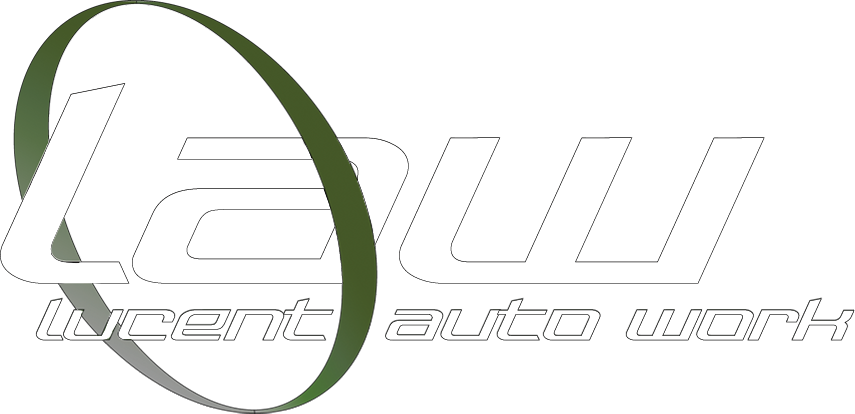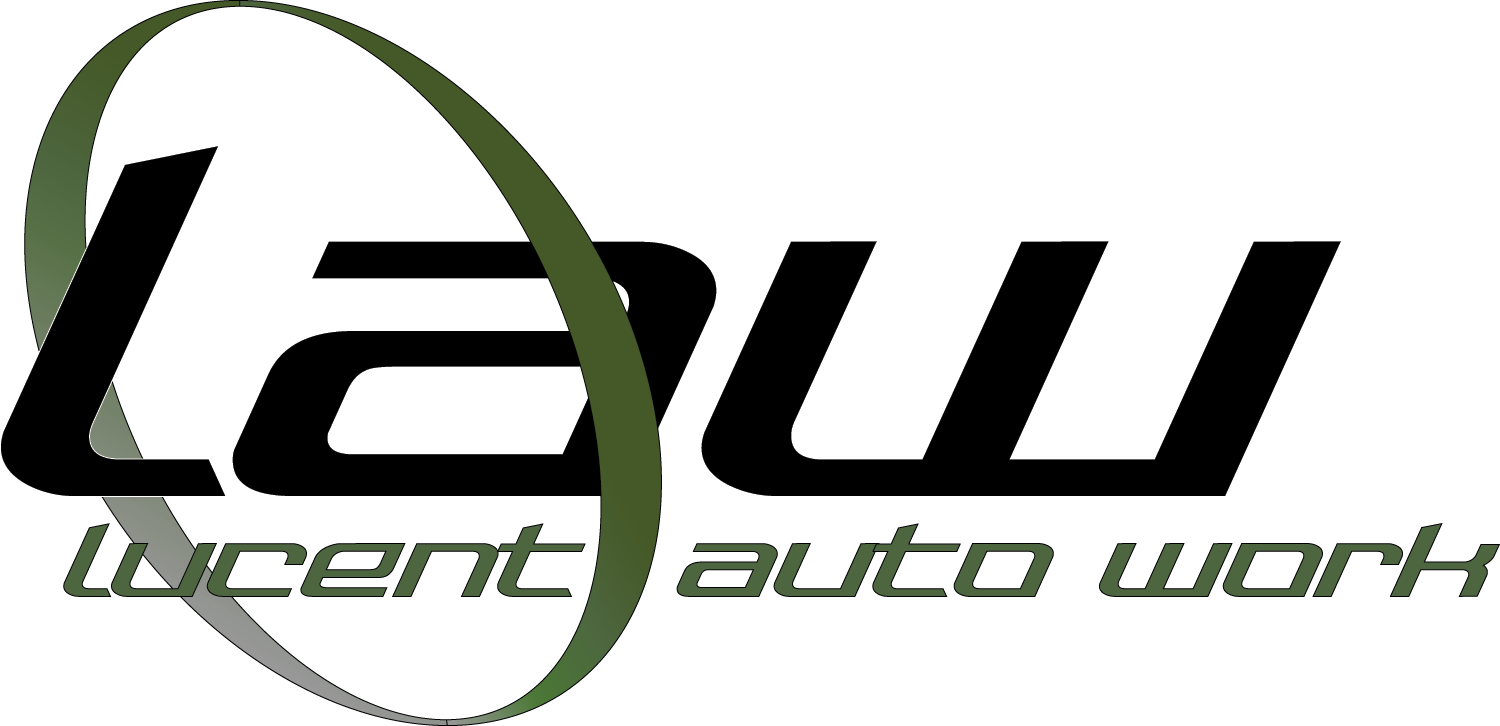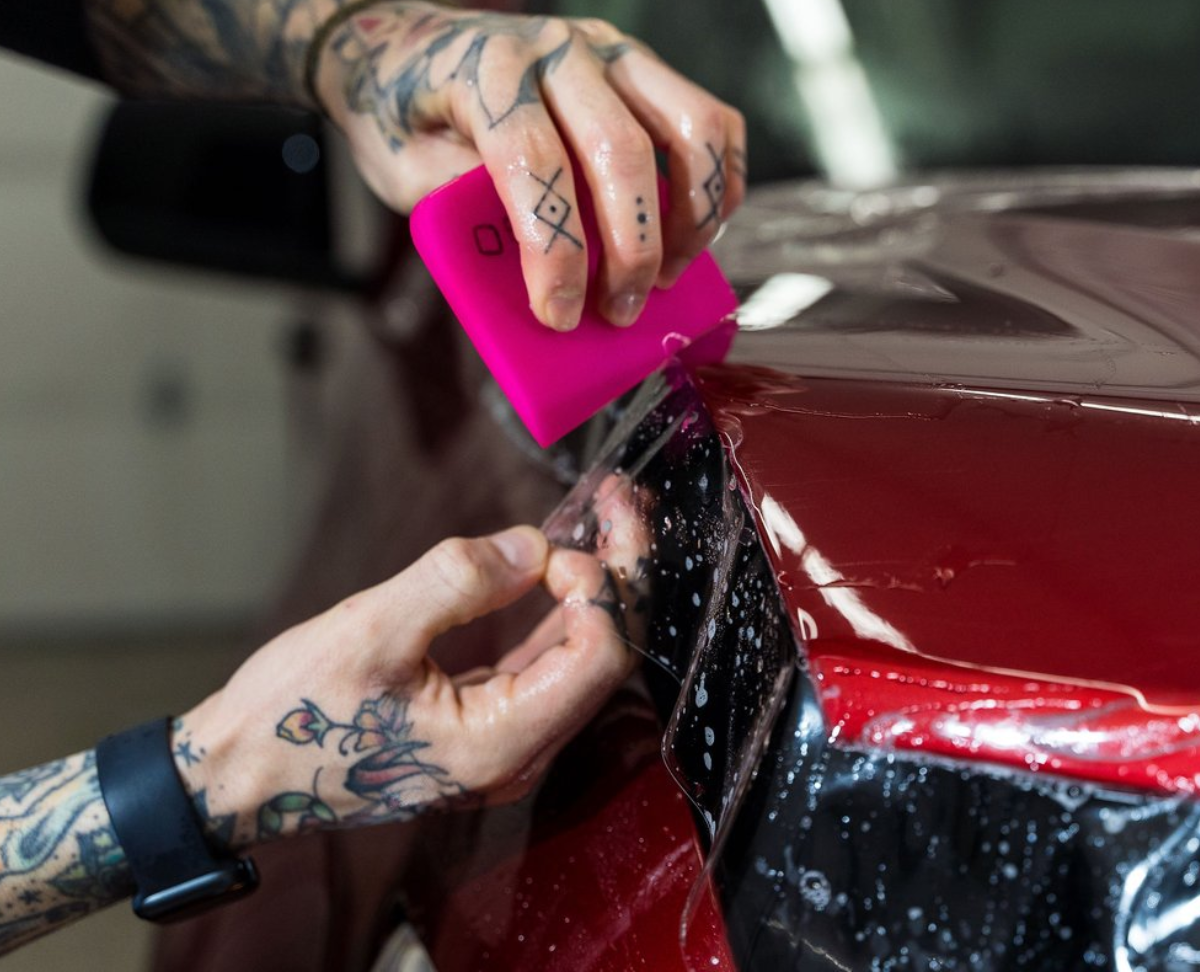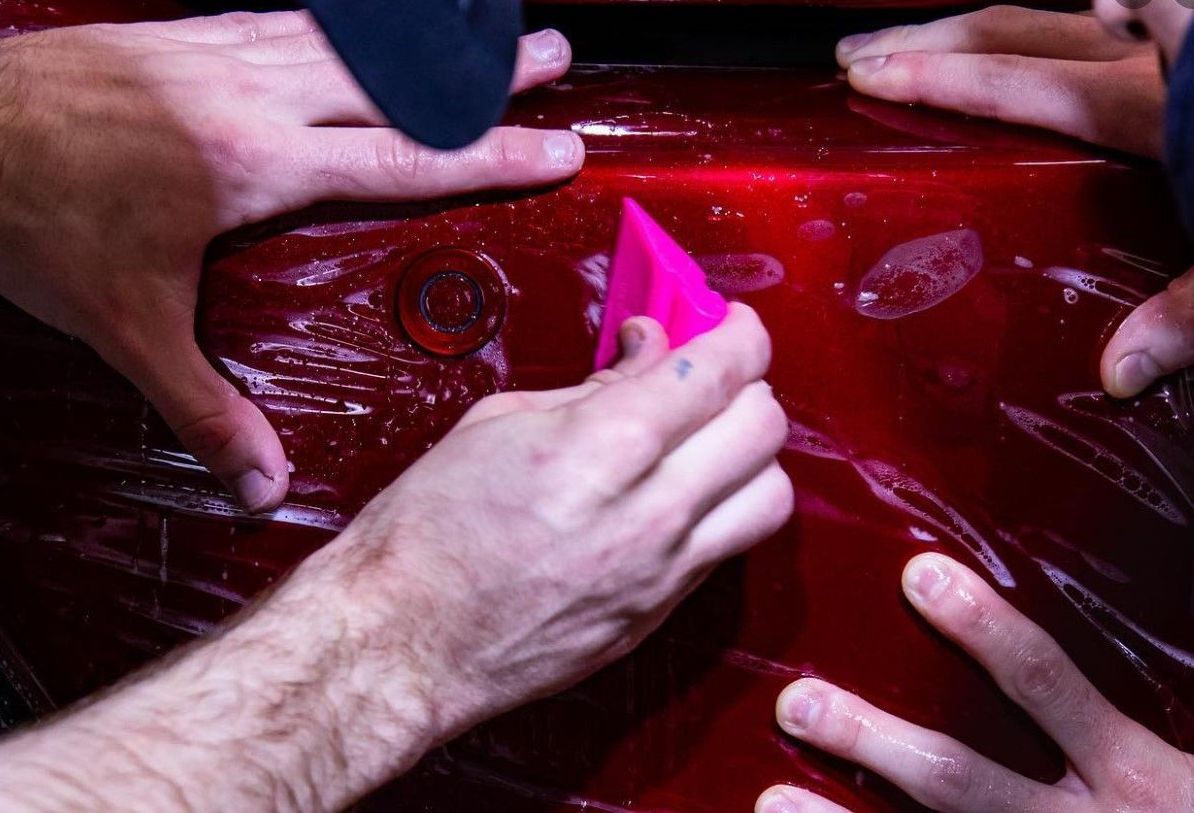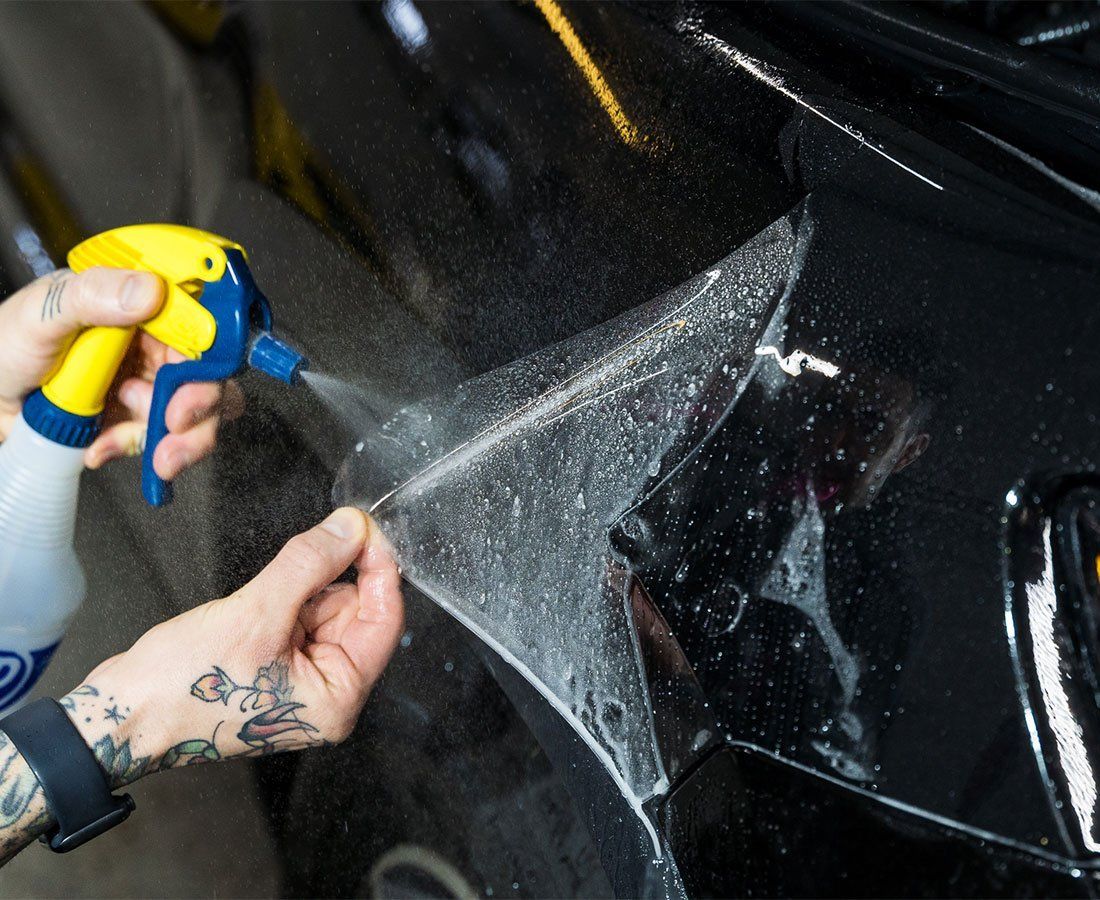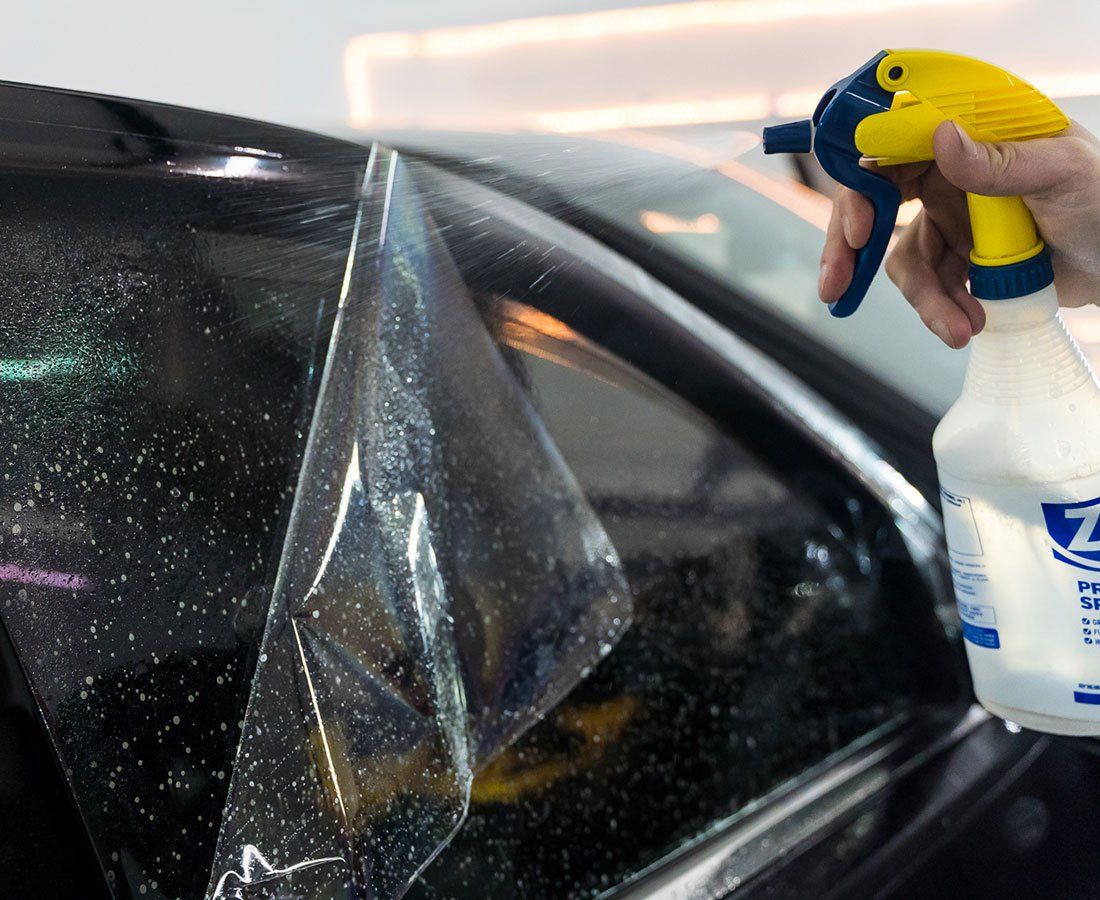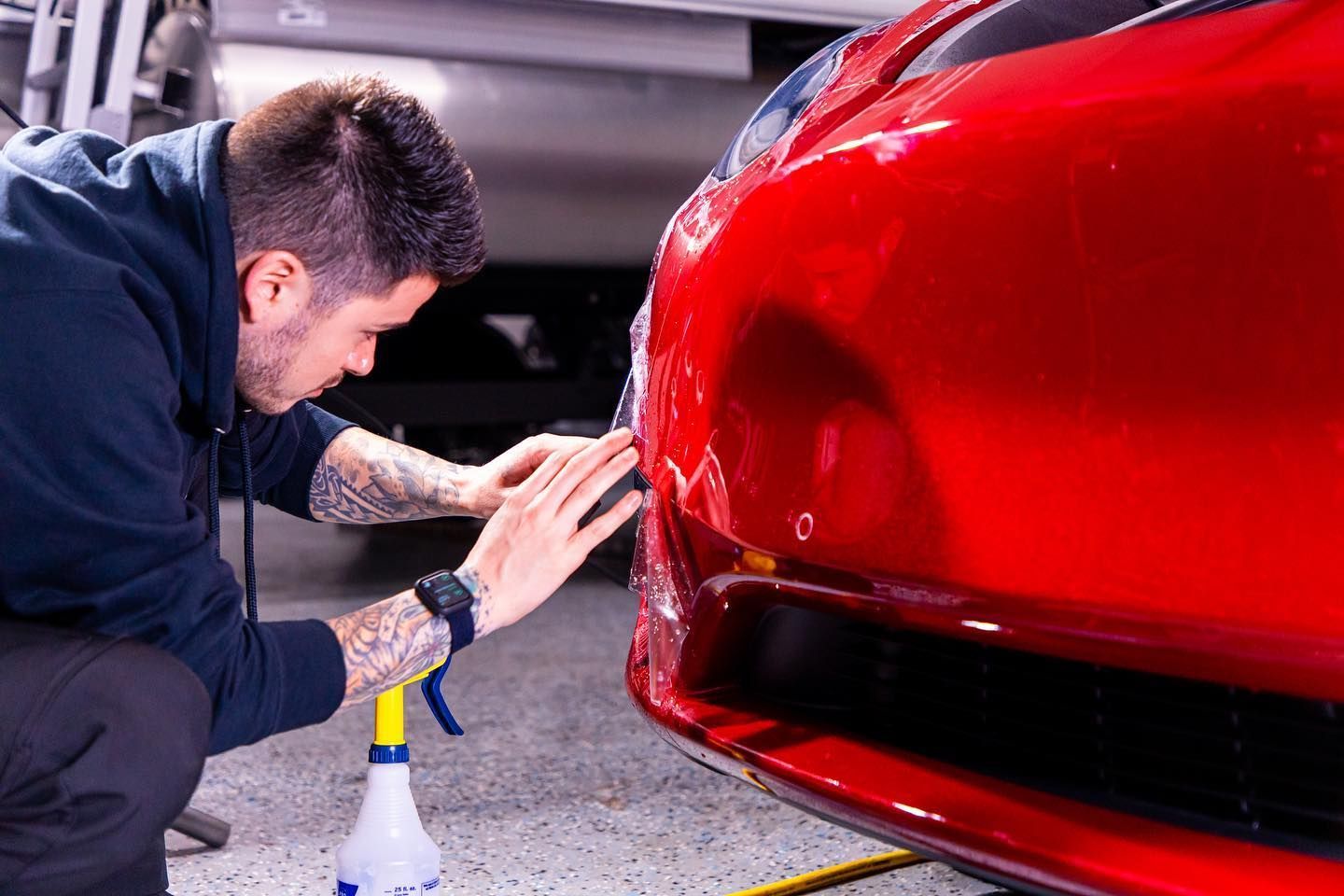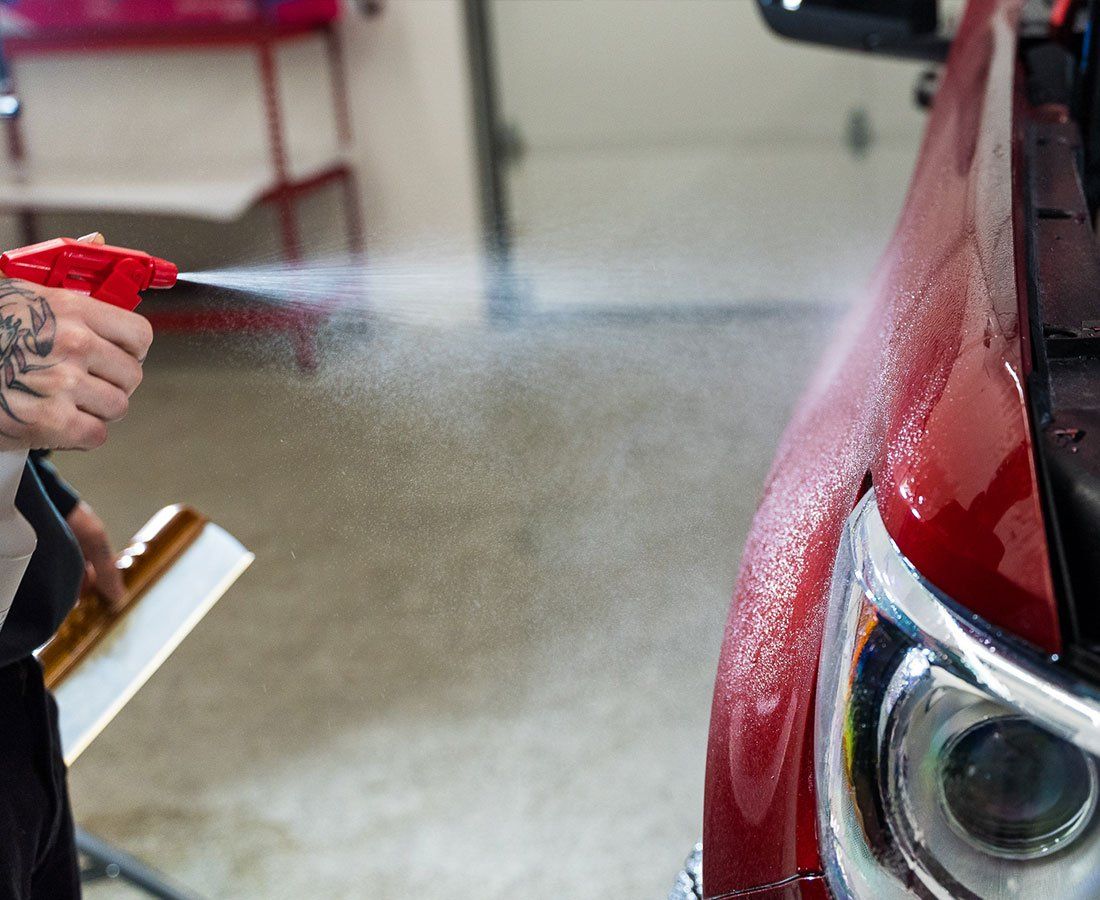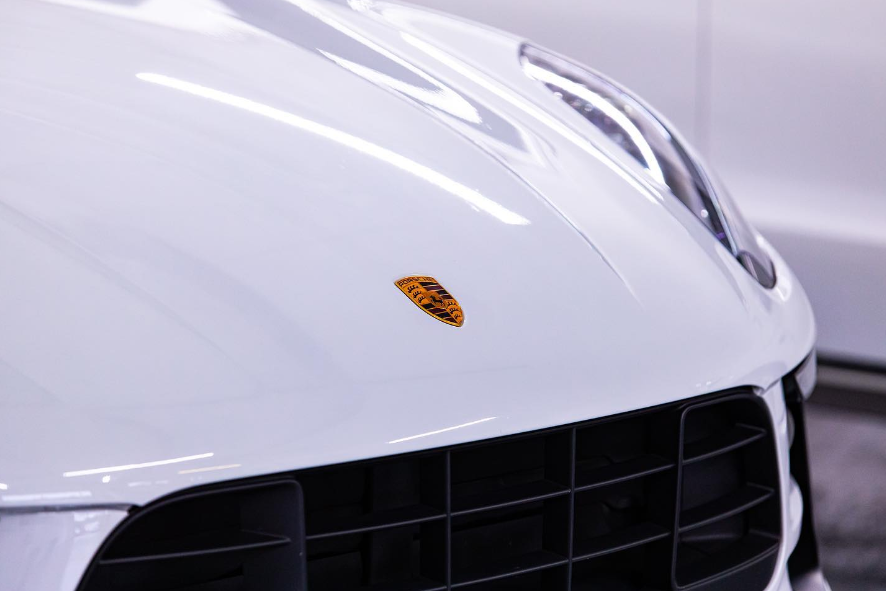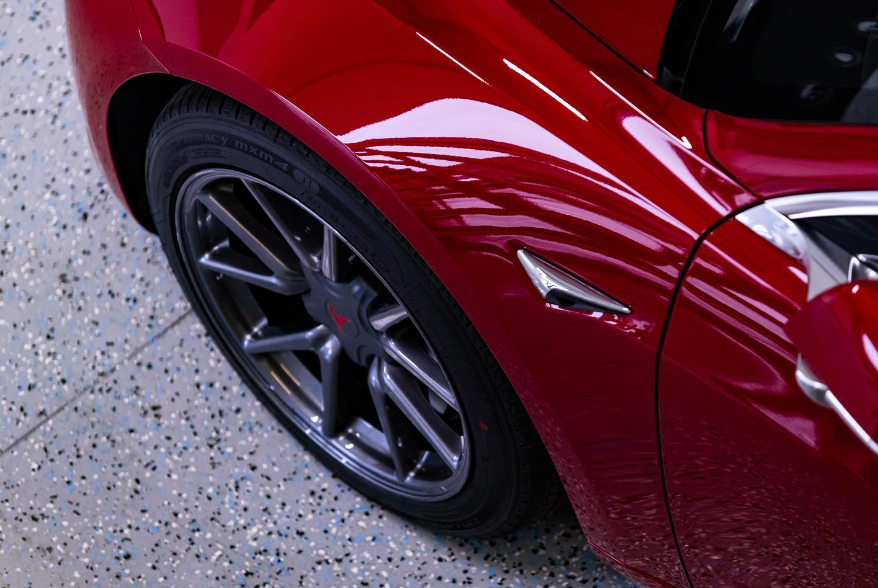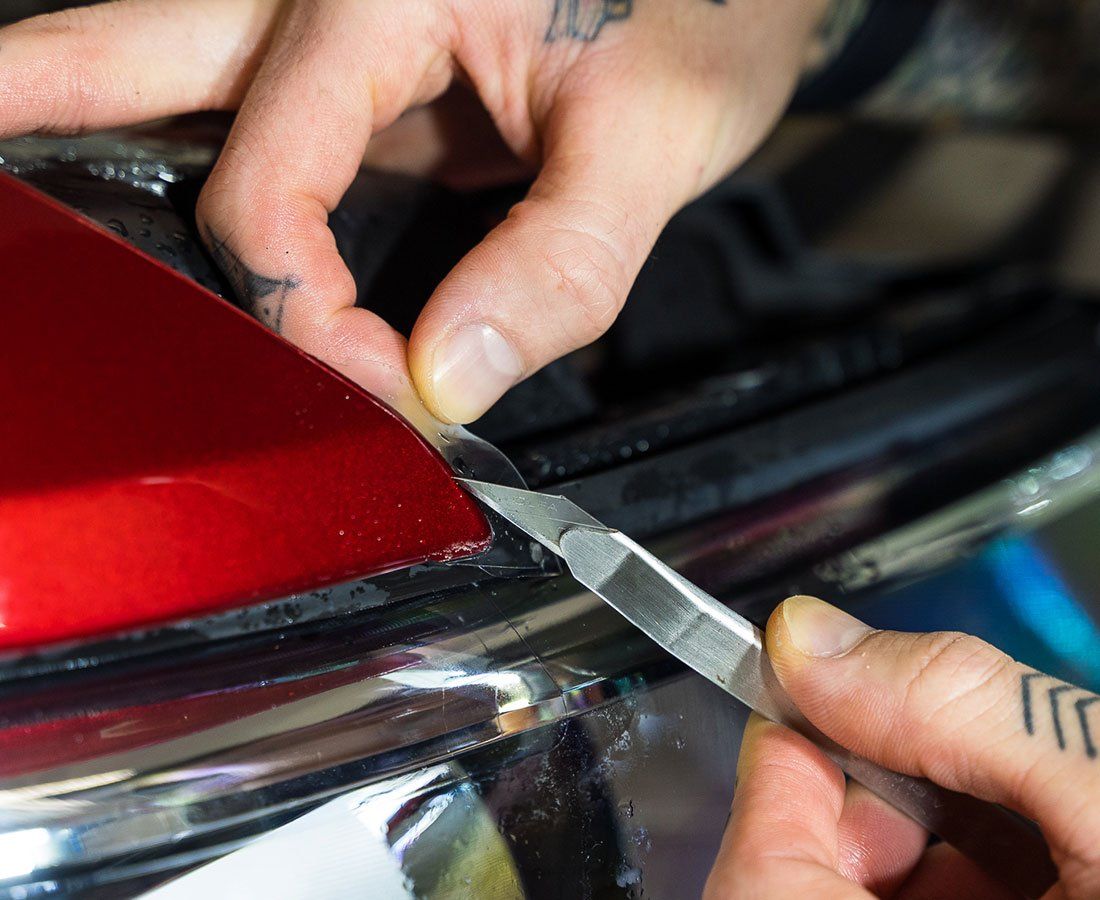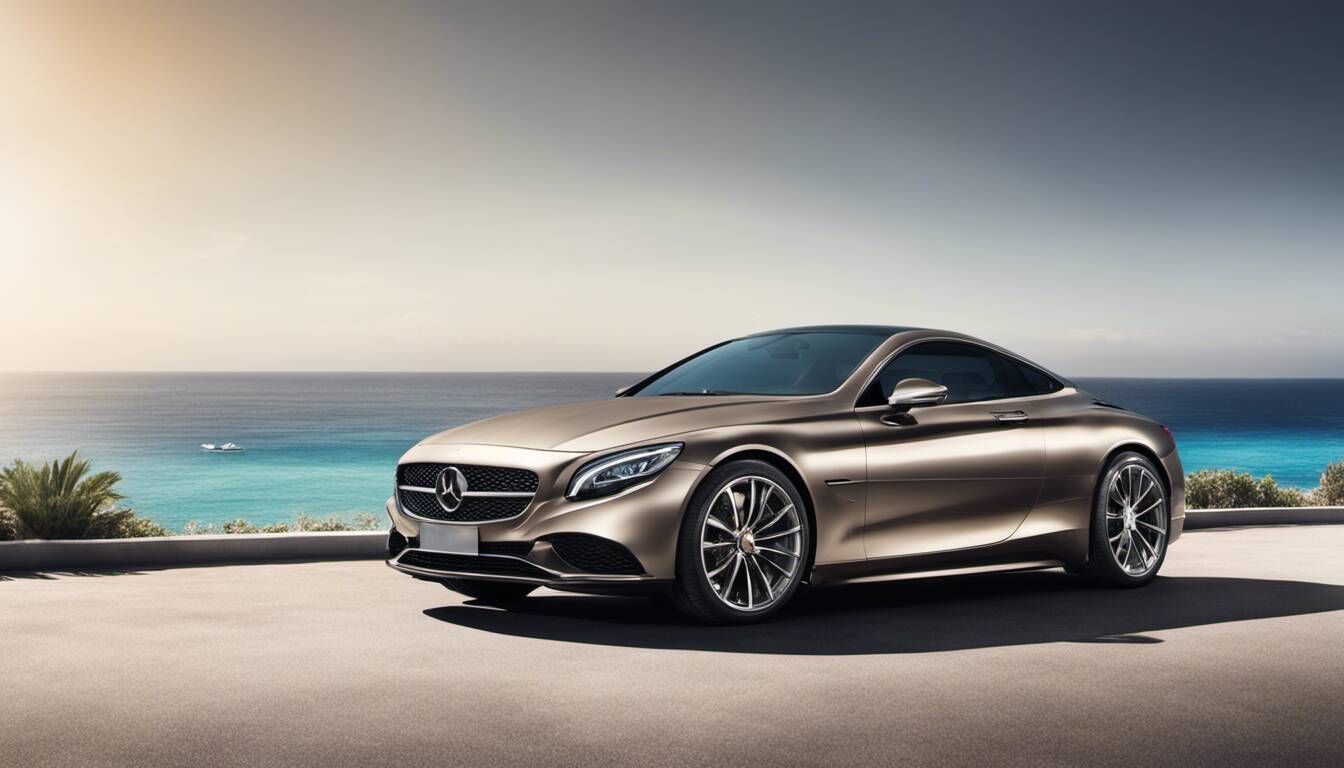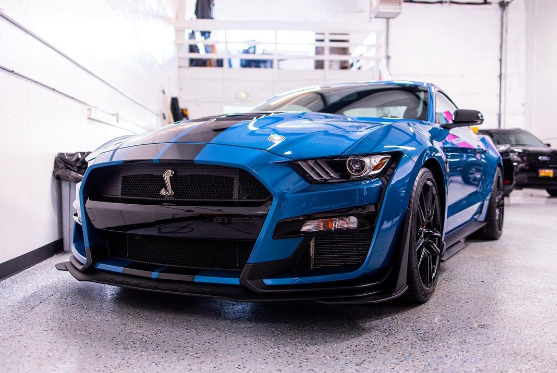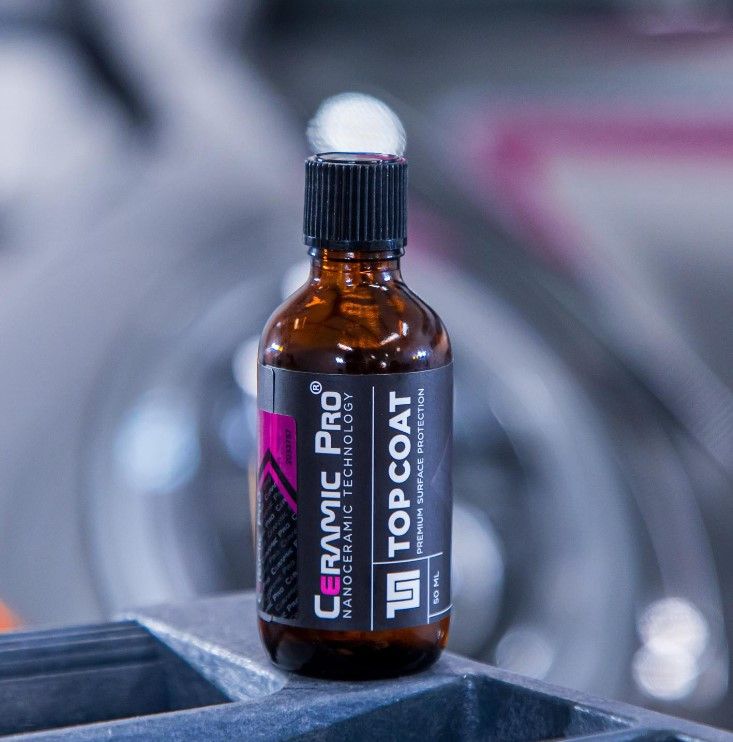The Ultimate Guide to PPF's Defense Against Bird Droppings, Tree Sap, and Bugs
CALL (253) 533-6776Paint protection film acts as a safety blanket for your car. It is a thin layer that stops messy things like bird droppings, sticky tree sap, or tiny but damaging bugs from reaching your precious paintwork. PPF is like an invisible cape; it's clear and you barely notice it. But underneath, there's a world of clever science working to keep your car looking its best. Ready to dive into more? Let's start with the magic behind this invisible defense.
Paint protection film acts as a barrier between the vehicle's paint and external elements such as bird droppings, tree sap, and bugs. The film's hydrophobic properties repel moisture and make it easier to clean off bird droppings and other contaminants, providing a layer of defense against potential damage to the vehicle's exterior.
PPF Protection Fundamentals
When discussing the protection of our vehicles with paint protection film, we're considering a comprehensive shield that keeps the paint and exterior safe from a range of environmental hazards. This film is no ordinary cover—it's tough, resilient, and transparent. As a thermoplastic urethane film, it acts like an invisible armor, defending your vehicle against stone chips, bug splatters, bird droppings, and more. Let's break it down. The transparent nature of PPF means that it doesn't change the look of your vehicle. It preserves the aesthetic appeal while providing a powerful line of defense against damage—it's like having an extra layer of skin on your car that shields it without altering its appearance.
What makes a paint protection film truly special is its self-healing properties. Small scratches or marks on the film disappear over time, almost as if they were never there. This means you can enjoy peace of mind knowing that minor abrasions won't mar the look of your vehicle. Imagine a protective force field around your car, constantly deflecting potential harm without you even realizing it. This is exactly what a clear bra does—defending your vehicle against a range of environmental aggressors such as bird droppings, tree sap, and bugs.
As an added layer of safeguarding, a quality paint protection film also provides hydrophobicity, meaning it repels water effectively. Additionally, it offers chemical resistance to combat corrosive substances that may come into contact with your car's surface. So, when we speak of PPF protection fundamentals, we're essentially highlighting its remarkable ability to shield your vehicle from damage while maintaining its original appearance—a win-win situation for any car owner looking to preserve their investment in top-notch condition.
Strategizing PPF Application on Car's Exterior
When it comes to applying paint protection film to your car, you have a couple of options to consider. It all depends on how much protection you want and where you want it.
Full-Coverage PPF
If you're looking for complete peace of mind and want your entire vehicle surface to be safeguarded against any potential harm, then full-coverage PPF is your go-to option. This involves covering every inch of your car's surface with PPF, ensuring it's shielded from the elements that might damage the paint. The cost may be higher than partial coverage, but the long-term benefits make it a worthy investment. With full-coverage PPF, your car's appearance will remain pristine for years, maintaining its value and looking as good as new.
Partial-Coverage PPF
On the other hand, if you're seeking a more cost-effective option that still provides substantial protection, partial coverage could be just what you need. This targeted approach focuses on specific areas of the car that are more prone to damage, such as the front bumper, hood, side mirrors, and door edges. Partial coverage also offers flexibility for car owners who may want to balance protection with cost. You get to choose which areas receive the protective film based on your driving habits and the level of risk those areas face.
So whether you opt for full-coverage or partial coverage, applying a paint protection film strategically ensures that your vehicle gets the tailored protection it needs. It's not just about safeguarding your car from physical damage; it's also about preserving its resale value and maintaining its aesthetic appeal for years to come.
Bird Droppings: A Paint Protection Film Defense
Bird droppings may seem harmless, but they can actually be very damaging to your car's paint. Here’s why: The droppings contain uric acid, which can be corrosive to the paint surface. If left for a prolonged period, it can cause visible etching and staining that is difficult to remove even with washing. One of the best defenses against these acidic droppings is paint protection film. By applying PPF to your car, you create a protective layer that acts as a barrier between the bird droppings and your car's surface, minimizing direct contact and potential damage.
The protective nature of a paint protection film is critical to safeguarding your vehicle's paint from etching and staining caused by bird droppings. It serves as a sacrificial barrier that takes the hit instead of your car's delicate paint. In fact, the average pH level of bird droppings ranges from 3.5 to 4.5, indicating the acidic nature that poses a risk to the paint's integrity. PPF, with its durable and chemical-resistant properties, effectively shields the paint against this environmental hazard. This film provides a valuable defense by preventing direct contact between bird droppings and your car's exterior, minimizing the potential for etching or staining, and helping to maintain the pristine look of your vehicle.
Imagine returning to your car after a day out to find bird droppings on its surface. Without paint protection film, the subsequent steps might involve time-consuming cleaning procedures or expert assistance to repair any harm the acidity of the bird droppings may have caused. However, with PPF in place, it becomes a matter of simple cleaning without worrying about potential damage to the paint. It's important not to undervalue the crucial defense that PPF offers against bird droppings. It not only saves you from extra hassle but also spares you from the frustration of dealing with stubborn stains and potential paint damage. Paint protection film truly stands as a shield against these common environmental hazards, making it an indispensable investment for maintaining your car's pristine appearance over time.
Shielding from Bug Impacts with PPF
As you drive along the highway, your car becomes a moving target for all sorts of bugs and insects. While their impact might be almost unnoticeable, the combination of bug splatter and the sun's heat can be particularly damaging to your vehicle's paint over time. The thing to remember about bugs and insects is that they might seem small and harmless, but when they hit your car at high speeds, they definitely leave a mark—literally! Their bodies and acidic remnants can eat into your paint if left for too long, ruining its luster and potentially leading to corrosion. But here's where a paint protection film steps in as a protective barrier: it absorbs the impact of these little critters so your vehicle's paint doesn't have to bear the brunt of their attacks. The film absorbs much of the impact force, making it easier to clean off any bug residue without compromising your precious paint job.
Another great advantage of PPF is that it's hydrophobic, meaning it repels water. When bugs do eventually splatter against the film, their remains are less likely to stick because of this natural repellent effect. This reduces the chance of staining and etching on the protected surface, which is exactly what we want—a clean and sparkling car! So now you know how PPF serves as a powerful shield against bug impacts, preventing potential damage and keeping your vehicle looking great even after a long drive through bug territory.
Paint Protection Film's Barrier Against Tree Sap
Tree sap is nature's sticky surprise for your car. It may start as a harmless drop, but over time, tree sap can harden and stick to a vehicle's surface like glue. When left untreated, it can cause unsightly spots that are difficult to remove and can even damage the paint. This is where paint protection film comes to the rescue. Paint protection film creates a robust barrier between your car's surface and tree sap, significantly reducing the risk of permanent damage. The smooth, non-porous surface of PPF makes it difficult for tree sap to penetrate and bond with the paint. Because PPF is designed to absorb impacts from road debris and environmental hazards, it acts as an additional layer of defense against tree sap. The area most vulnerable to tree sap is often the roof because it is exposed to the elements for longer periods of time. Applying PPF to this area can be particularly beneficial in protecting against tree sap and other environmental contaminants.
Simplifying the Cleaning Process
One key benefit of PPF in this context is that it makes the cleaning process more manageable. When tree sap, bug splatters, or bird droppings land on your car, you can simply wipe it off the smooth surface of the PPF without worrying about damaging the underlying paint. This eliminates the need for aggressive scrubbing and potentially harmful cleaning agents, which can compromise the integrity of the clear coat and paint. It is essential to note that while paint protection film offers significant protection against these environmental contaminants, prompt removal of any traces of tree sap from the film is still recommended to maintain its effectiveness in shielding your vehicle.
Exceptional Paint Protection Film Installation Services in Tacoma, WA
Transform your vehicle into a fortress of protection and style with Lucent Auto Work, your go-to destination for exceptional paint protection film installation services in Tacoma, WA. Our skilled team boasts a commitment to precision and quality, ensuring your car receives the utmost defense against road debris, stone chips, and harsh weather conditions. Experience unparalleled peace of mind as our top-tier paint protection films safeguard your vehicle's finish without compromising its aesthetic appeal. Don't let the elements take a toll on your prized possession—choose Lucent Auto Work for unmatched expertise and excellence in paint protection film installation. Schedule your service today or call us at (253) 533-6776 and give your vehicle the lasting shield it deserves in Tacoma!
